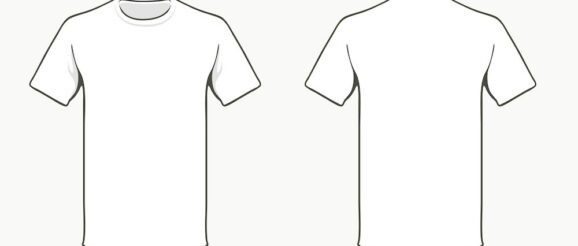Bringing wearable healthcare to life – Med-Tech Innovation

Blank white T-shirt template.
At Design Partners, designing medical-grade equipment for both the healthcare services industry and the consumer healthcare industry is a core pillar of our work. Because of the high-degree of risk involved with designing medical devices, and rigorous regulatory expectations, we have developed a proprietary Human Factors Engineering (HFE), to ensure the solution we are creating will deliver genuine impact to the users’ life.
In recent years I’ve noticed how much medical services design must learn from the consumer sector. Smartwatches, for example, have done healthcare providers a huge service by empowering people to monitor their own wellbeing and by normalising wearable tech – making caring for your health a fashionable trend.
With life expectancy increasing, the amount of people living with chronic or debilitating conditions is assumed to grow as well, putting intense ongoing pressure on healthcare systems. If we can get more people successfully preventing or managing long-term health conditions in tandem with their healthcare provider, this will provide relief to medical institutions around the world.
Health self-management, or patient empowerment, is not an entirely new concept. People with severe allergic reactions, for example, have been successfully using EpiPens for years. The same can be said for the use of inhalers with asthma sufferers. But few of these devices respond to that human desire for discretion and comfort or take the practical user experience into much consideration at all. They’re only focused on doing what’s required to get the data they need, or deliver the medicine required. If future “at-home” medical devices cannot meet people’s new expectations, set by the consumer market, they will simply fail – causing more complications for healthcare providers relying on them.
Design can elevate human potential and create incredible ways to self-manage care. By combining our expertise in healthcare, consumer and wearable technology design, we created a heart monitoring device concept that puts user experience at the fore.
Abnormal heartbeats are common, but they can also be the symptom of a more serious condition, such as a stroke. As such, effective heart monitoring is a common and important practice. Most healthcare professionals generally advise those suspected to wear a holter monitor vest for 48-72 hours. Patients can take the device home, but it is incredibly cumbersome and uncomfortable, which is not only unpleasant for the user but, importantly, it could impact the accuracy of the data.
We wanted to create an ECG monitoring solution that would be as simple as putting on a T-Shirt. You simply live your life while it captures accurate and reliable data, without compromising comfort. The result is Viscero – an ECG vest that uses electronic ink to pick up the signal of your heart rhythm and provide accurate, medical-grade data to your healthcare provider.
Making Viscero required a rigorous innovation process of trial and error to create several breakthroughs. A big challenge was ensuring we could get an accurate data capture through the t-shirt. The traditional holter monitor uses “wet electrodes” that “contact” the skin through hydrogel. These can slip off over the monitoring period, and healthcare professionals often need to reapply them.
With Viscero, we recorded heart rate signals from skin contact to the vest with “dry electrodes” which don’t need any hydrogel. These are situated beneath the fabric at points around the arm and waist which have been tailored as compression points. The points are integrated using lamination and double layer compression and are positioned away from the chest to more peripheral locations so consistent compression points are maintained.
After capturing the data, we had to work out the best way to collect it, filter it, and send it to clinicians. So, within the ECG circuit system we created a small pod device – “the brain” – which includes a tiny accelerometer and gyroscope so that clinicians can get a fuller picture of recorded heart signals, while highlighting when there are changes caused by exercise, for instance. The brain can also be removed for charging and, importantly, washing the T-shirt.
The data gathered from the brain would be ideally sent directly to the healthcare professional’s dashboard on their computer. AI would then help filter the data to identify irregular patterns for clinicians, saving hours of scrolling through ECG recordings. An app, created for the patient, would serve as a go between the patient and healthcare consultant so that they can be easily updated on results.
Leading cardiologists have described the signal quality of Viscero’s ECG waveforms as “diagnostic quality data.” Having the trust and reassurance from medical professionals is encouraging; it suggests that there is an openness to new technologies and ways of expanding within their sector.
